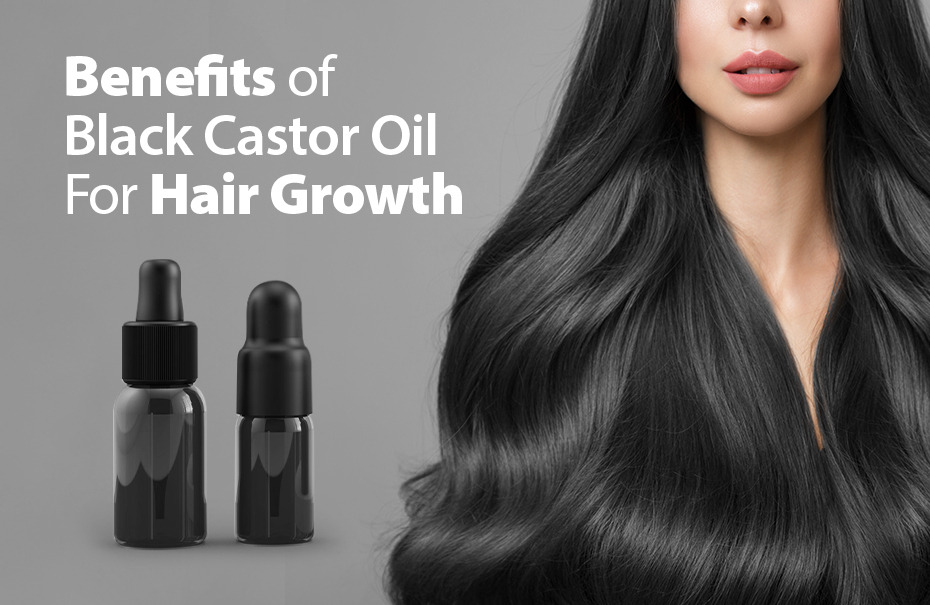From Extraction to Application: A Comprehensive Journey through Castor Oil Derivatives

We all are familiar with that one form of castor oil – pale yellow or colorless liquid with a slightly thick and viscous consistency and a distinct, mild odor and taste but, did you know from it various derivatives can be formed and that its list is quite longer? Yes, castor oil derivatives have various roles to play in industries, and today in this comprehensive guide, we will understand how versatile castor oil is and explore the different types of castor oil derivatives, their uses, and benefits.
Castor Oil: Summary
Castor oil is a vegetable oil, derived from the seeds of the castor plant also known as Ricinus Communis. With about 80-90% ricinoleic acid in it, which is a unique fatty acid and is responsible for the medicinal properties in castor oil, castor is in demand in almost all industrial sectors be it pharmaceutical, cosmetics, soaps, lubricants, coatings, etc.
Popular in the beauty industry, castor oil is used for hair care to promote growth and thickness. It is also valued for its moisturizing effects on the skin. Castor has various health benefits and is even highly valued in Ayurveda as one of the best therapeutic oils but its internal usage is limited and must be done with caution.
What are Castor Oil Derivatives?
Castor oil derivatives are compounds derived from castor oil through various chemical processes. Castor oil itself is composed of triglycerides, which are esters derived from glycerol and three fatty acid chains. Through chemical modifications and processing, these derivatives can be created for a range of industrial applications.
Types of Castor Oil Derivatives Their Uses & Benefits
You will be surprised to know how many castor oil derivatives can be obtained from a simple-looking castor oil. Since the list is long, we are highlighting a few common and most important ones along with their role in various industries and benefits:
1. Hydrogenated Castor Oil (HCO) –
When castor oil undergoes a process called hydrogenation in which hydrogen gas is added to the castor oil in the presence of a catalyst, the oil’s melting point increases resulting in the production of hydrogenated castor oil.
Uses & Benefits –
HCO’s naturally occurring emollient, thickening, and moisturizing properties along with its stability, and ability to increase shelf life and provide a smoother texture in various formulations has made it today one of the most-sought ingredients in the cosmetic, food, and pharmaceutical industries.
2. Castor Wax –
Castor wax is obtained as a by-product during the hydrogenation process. The hydrogenated castor oil obtained during the hydrogenation process converts some of the double bonds in castor oil into single bonds, resulting in a solid wax having a higher melting point.
Uses & Benefits –
Due to its ability to impart gloss, hardness, and water resistance, castor wax makes a suitable ingredient in cosmetics, polishes, coatings, and adhesives manufacturing.
3. Polyglycerol Polyricinoleate (PGPR) –
PGPR is synthesized by esterifying ricinoleic acid with polyglycerol. This process results in an emulsifier.
Uses & Benefits –
PGPR is used as an emulsifier in chocolate and confectionery products. It helps improve the flow properties of chocolate, preventing the formation of cocoa butter crystals and enhancing the texture.
4. Sebacic Acid –
Sebacic acid can be obtained by the hydrolysis of castor oil, followed by further chemical processes.
Uses & Benefits –
Sebacic acid finds application in the manufacturing of a diverse range of products, including nylon, plasticizers, lubricants, and cosmetics. Its utilization supports the creation of environmentally sustainable and biodegradable materials.
5. Undecylenic Acid –
It is derived from castor oil through a process known as pyrolysis, which involves the thermal decomposition of ricinoleic acid.
Uses & Benefits –
Undecylenic Acid serves as a natural antimicrobial agent, offering valuable properties to a variety of formulations. Hence it is particularly beneficial in the production of soaps, personal care products, and pharmaceutical applications, enhancing their efficacy and contributing to overall product quality.
6. Ricinoleic Acid –
Ricinoleic acid is an inherently present fatty acid in castor oil.
Uses & Benefits –
Ricinoleic acid finds diverse applications in the cosmetics and pharmaceutical industries, owing to its emollient and moisturizing properties.
7. Castor Oil Ethoxylates –
A chemical reaction called Ethoxylation process is carried out to obtain castor oil ethoxylates in which castor oil is reacted with ethylene oxide. During the process, ethylene oxide attaches to the hydroxyl groups of the triglyceride structure of castor oil forming a layer and resulting in numerous compounds with unique properties and applications, only varying in ethoxylation degree.
Uses & Benefits –
These derivatives serve as versatile surfactants, wetting agents, and emulsifiers. Widely employed in the manufacturing of personal care products, detergents, textiles, and agricultural formulations, castor oil ethoxylates play a crucial role in enhancing solubility and dispersibility. Their versatility makes them valuable across various industrial applications, contributing to the effectiveness of formulations.
8. Sulfonated Castor Oil –
Sulfonation is typically achieved by reacting castor oil with sulfuric acid or other sulfonating agents. This chemical reaction introduces sulfonic acid groups into the castor oil molecule, altering its chemical structure.
Uses & Benefits –
Sulfonated castor oil has excellent wetting and dispersing properties, making it useful in formulations where efficient surface activity is required such as detergents and emulsifiers.
9. 12-Hydroxy Stearic Acid (12-HSA) –
12-HSA is obtained by the controlled hydrogenation of ricinoleic acid.
Uses & Benefits –
It is used in the production of lubricants, plasticizers, and cosmetics due to its unique properties.
10. Dihydroxyethyl Castor Oil (Cremophor EL) –
Cremophor EL is obtained by ethoxylated castor oil.
Uses & Benefits –
Drug, cosmetic, and food manufacturers utilize this substance because of its strong solubilizing and emulsifying abilities.
11. Polyethylene Glycol (PEG) Esters –
The esterification of castor oil with polyethylene glycol leads to the formation of PEG esters.
Uses & Benefits –
Again the obtained castor oil esters are effective emollients, solubilizers, and surfactants and hence have found their place in the pharmaceutical and cosmetic industries.
These derivatives play a crucial role in expanding the versatility of castor oil, enabling customization for specific applications across diverse industries such as cosmetics, pharmaceuticals, and manufacturing. It’s essential to acknowledge that the production of certain castor oil derivatives may entail chemical processes, leading to alterations in the inherent properties of castor oil.
Applications of Castor Oil Derivatives
Castor oil derivatives find applications in various industries due to their unique properties. Some of them include:
1. Cosmetics and Personal Care Products
2. Pharmaceuticals
3. Food Industry
4. Plastics and Polymers
5. Industrial Lubricants
6. Textiles
7. Adhesives and Sealants
8. Surfactants and Detergents
9. Biofuel Production
10. Medicinal and Therapeutic Uses
Wrapping Up
There is no end to the diverse applications and beneficial properties of castor oil derivatives but it is possible only with a 100% pure, organic castor oil, and Ambuja Solvex is known to be one of the best Castor Oil Derivatives Manufacturers in India due to its commitment to produce pure and unadulterated castor oil.



